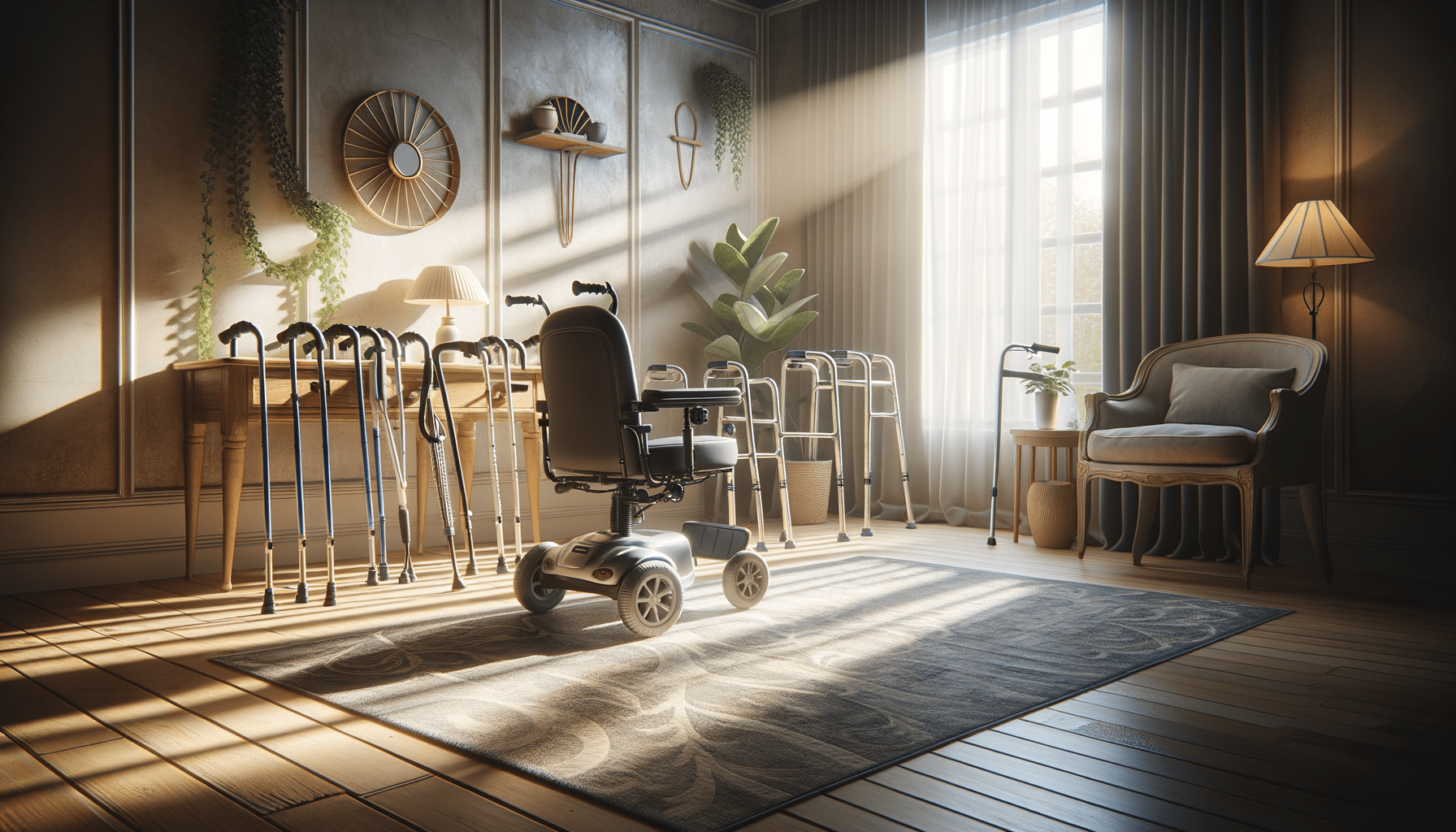
Choose the Right Mobility Aids for Seniors
Understanding the Need for Mobility Aids
As we age, one of the most common challenges faced is the decline in mobility. This can result from a combination of factors such as reduced muscle mass, joint issues, and balance problems. Mobility aids serve as essential tools in maintaining independence and ensuring safety for seniors. They not only provide physical support but also boost confidence, enabling individuals to move freely and engage in daily activities with ease. The primary goal of these aids is to reduce the risk of falls, which can have significant health implications for older adults. Understanding the specific mobility challenges faced by seniors is crucial in selecting the right aid that caters to their unique needs.
Mobility aids come in various forms, each designed to address different aspects of movement. From simple canes to advanced scooters, the options are vast and can be tailored to individual requirements. It’s important to assess the specific needs of the senior, taking into account their physical condition, lifestyle, and personal preferences. By doing so, one can ensure that the selected mobility aid provides optimal support and enhances the overall quality of life.
Types of Mobility Aids Available
Mobility aids are diverse, catering to a wide array of needs and preferences. Here are some common types:
- Canes: A simple yet effective tool for those needing minimal support. They help in balancing and reducing strain on joints.
- Walkers: Offering more stability than canes, walkers are suitable for those who require additional support. They come in various designs, including standard walkers and rollators with wheels.
- Wheelchairs: Ideal for individuals with severe mobility limitations. They provide complete support and can be manually operated or powered.
- Scooters: A convenient option for those who can still sit upright but cannot walk long distances. Scooters offer independence and are easy to maneuver.
- Stairlifts: Perfect for homes with stairs, enabling safe and easy access to different levels without the risk of falls.
Each of these aids serves a specific purpose and caters to different levels of mobility challenges. When choosing the right aid, it’s essential to consider the user’s daily routine, the environment where the aid will be used, and any specific health conditions that may influence the choice.
Factors to Consider When Choosing Mobility Aids
Selecting the right mobility aid involves careful consideration of several factors. Firstly, the level of support required is paramount. For instance, someone with minor balance issues may only need a cane, while those with significant mobility challenges might benefit from a wheelchair or scooter. Additionally, the user’s living environment plays a crucial role. Homes with stairs might necessitate a stairlift, whereas someone living in a more open space might prefer a walker or rollator.
Another important consideration is the user’s physical strength and endurance. Some aids, like manual wheelchairs, require upper body strength, while powered options are suitable for those with limited physical capability. Comfort and ease of use should also be prioritized to ensure the aid is used consistently and effectively. Lastly, budget constraints can influence the decision, but it’s crucial to balance cost with the quality and features necessary for safety and comfort.
Benefits of Using Mobility Aids
Mobility aids offer numerous benefits that significantly improve the lives of seniors. The most apparent advantage is enhanced safety by reducing the risk of falls and injuries. This not only protects physical health but also alleviates the psychological fear of falling, which can be debilitating. By providing support, mobility aids enable seniors to maintain their independence, allowing them to perform daily activities without relying on others constantly.
Moreover, these aids contribute to improved mental health by encouraging social interaction and outdoor activities, which are vital for emotional well-being. The confidence gained from using mobility aids often leads to a more active lifestyle, promoting physical fitness and overall health. In essence, mobility aids are not just tools for movement; they are enablers of a fuller, more engaged life.
Conclusion: Enhancing Quality of Life
Choosing the right mobility aid is a significant decision that can greatly enhance a senior’s quality of life. By carefully assessing individual needs and preferences, one can select an aid that not only provides physical support but also boosts confidence and independence. The ultimate goal is to ensure safety while promoting an active and fulfilling lifestyle.
As we age, maintaining mobility is crucial for staying connected with the world and enjoying life’s pleasures. Mobility aids are valuable allies in this journey, offering support and empowerment. When chosen thoughtfully, they become more than just devices; they are gateways to freedom and a higher quality of life.


